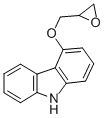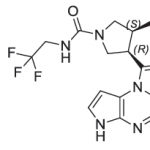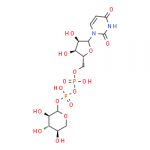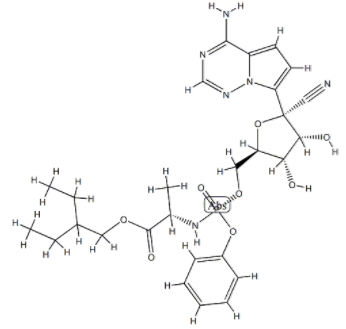
Identification
CAS Number
1809249-37-3
Name
Remdesivir
Synonyms
remdesivir [INN]
(2S)-2-{[(S)-{[(2R,3S,4R,5R)-5-(4-Aminopyrrolo[2,1-f][1,2,4]triazin-7-yl)-5-cyano-3,4-dihydroxytétrahydro-2-furanyl]méthoxy}(phénoxy)phosphoryl]amino}propanoate de 2-éthylbutyle (non-preferred name) [French] [ACD/IUPAC Name]
2-Ethylbutyl (2S)-2-{[(S)-{[(2R,3S,4R,5R)-5-(4-aminopyrrolo[2,1-f][1,2,4]triazin-7-yl)-5-cyano-3,4-dihydroxytetrahydro-2-furanyl]methoxy}(phenoxy)phosphoryl]amino}propanoate (non-preferred name) [ACD/IUPAC Name]
2-Ethylbutyl-(2S)-2-{[(S)-{[(2R,3S,4R,5R)-5-(4-aminopyrrolo[2,1-f][1,2,4]triazin-7-yl)-5-cyan-3,4-dihydroxytetrahydro-2-furanyl]methoxy}(phenoxy)phosphoryl]amino}propanoat (non-preferred name) [German] [ACD/IUPAC Name]
GS-5734 [Wiki]
remdesivir [Spanish] [INN]
remdésivir [French] [INN]
remdesivirum [Latin] [INN]
UNII:3QKI37EEHE
ремдесивир [Russian] [INN]
ريمديسيفير [Arabic] [INN]
瑞德西韦 [Chinese] [INN]
1809249-37-3 [RN]
Molecular Structure
SMILES
CCC(CC)COC(=O)[C@H](C)N[P@](=O)(OC[C@@H]1[C@H]([C@H]([C@](O1)(C#N)c2ccc3n2ncnc3N)O)O)Oc4ccccc4
StdInChI
InChI=1S/C27H35N6O8P/c1-4-18(5-2)13-38-26(36)17(3)32-42(37,41-19-9-7-6-8-10-19)39-14-21-23(34)24(35)27(15-28,40-21)22-12-11-20-25(29)30-16-31-33(20)22/h6-12,16-18,21,23-24,34-35H,4-5,13-14H2,1-3H3,(H,32,37)(H2,29,30,31)/t17-,21+,23+,24+,27-,42-/m0/s1
StdInChIKey
RWWYLEGWBNMMLJ-YSOARWBDSA-N
Molecular Formula
C27H35N6O8P
Molecular Weight
602.576
Properties
Appearance
Powder
Density
1.47±0.1 g/cm3
Acidity coefficient (pKa)
12.00±0.70(Predicted)
Safety Data
WGK Germany
3
Specifications and Other Information of Our Remdesivir CAS 1809249-37-3
Identification Methods
HNMR, HPLC
Purity
98% min
Shelf Life
1 year
Storage
Under room temperature away from light.
Known Application
Remdesivir is a nucleoside analogue and is an RNA-dependent RNA polymerase (RdRp) inhibitor. It can synthesize antivirals by inhibiting viral nucleic acids. Data from in vitro experiments and animal models indicate that Radixivir inhibits RNA-derived RNA polymerase (RdRp), which includes atypical pneumonia (SARS coronavirus), Middle East respiratory syndrome (MERS coronavirus) , Ebol Chemicalbook Coronavirus and many other coronaviruses. In vitro cell experiments showed that the half effective concentration (IC50) of Radixivir to the new coronavirus was 0.77 μmol·L-1. A clinical Chemicalbook bed study for Ebola virus infection is currently in phase II. MERS-infected mice performed much better with this combination therapy, with reduced virus replication and improved lung function. Recent studies have shown that Radixivir has a certain activity in inhibiting the new crown virus.


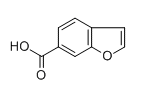
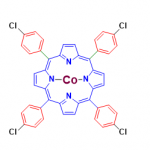
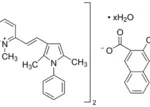
![Structure of Thieno[3,2-b]thiophene CAS 251-41-2](https://www.watson-int.com/wp-content/uploads/2014/12/Structure-of-Thieno32-bthiophene-CAS-251-41-2-150x150.png)
